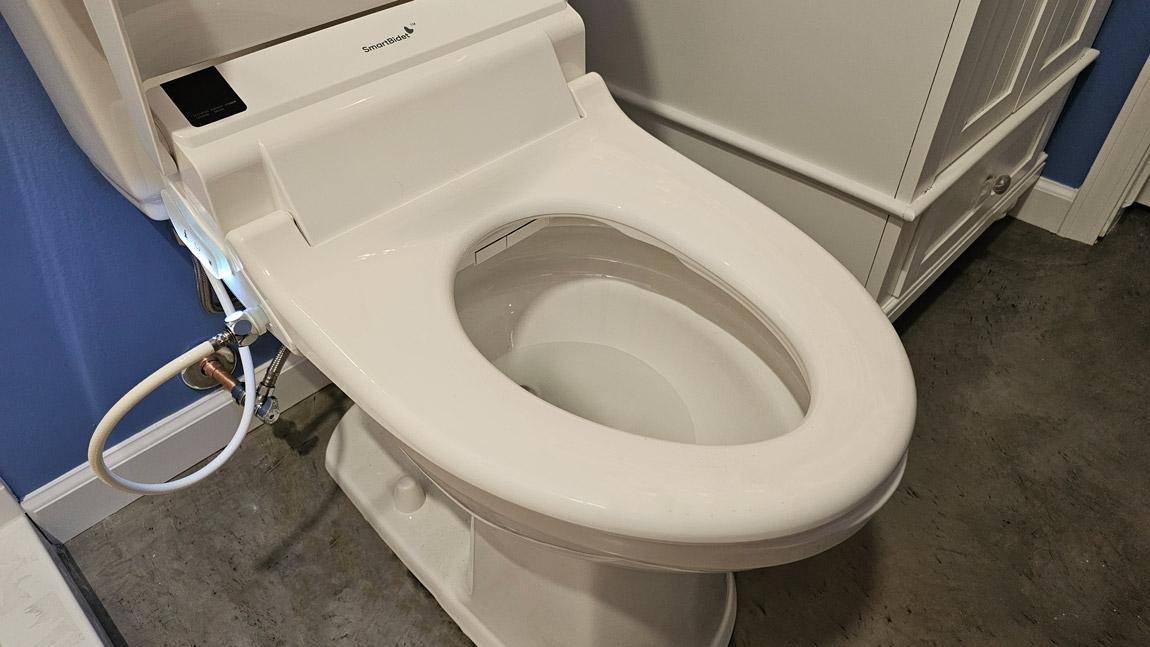In the world of modern bathroom fixtures, a bidet is often seen as a symbol of luxury and enhanced personal hygiene. However, like any other plumbing fixture, bidets require regular maintenance and sometimes even replacement parts. This bidet hose replacement guide will walk you through the process of identifying when your bidet hose needs replacement and how to do it effectively.
Whether you're a plumbing novice or have some DIY experience, this guide is designed to be accessible and informative for all. The goal is to ensure your bidet continues to function optimally, providing you with the best possible hygiene experience.

Why Replace Your Bidet Hose?
The bidet hose is a crucial component that connects the water supply to the bidet nozzle. Over time, hoses can wear out due to constant water pressure, age, or due to the quality of the material used. Signs that you might need a bidet hose replacement include leaks, reduced water pressure, or visible wear and tear on the hose itself.
Replacing your bidet hose not only restores your bidet's functionality but also prevents potential water damage to your bathroom. By proactively managing your bathroom fixtures, you maintain a clean and efficient space.
Choosing the Right Hose for Replacement
When it comes to choosing a replacement, you'll want to consider several factors, such as material, length, and compatibility with your existing bidet model. Stainless steel hoses are often recommended for their durability and resistance to corrosion. Additionally, ensuring the hose is the correct length is vital for a seamless installation process.
Compatibility with your bidet model is crucial as well. Refer to your bidet's manual or consult with the manufacturer to determine the specifications needed for the replacement hose. This ensures you purchase a hose that fits perfectly without any modifications.
Step-by-Step Bidet Hose Replacement Guide
Step 1: Gather Your Tools
Before starting the replacement process, ensure you have all necessary tools and components. Common tools include an adjustable wrench, a bucket (to catch any residual water), and a towel for drying the area. Having these on hand will make the process smoother and more efficient.
Step 2: Turn Off the Water Supply
Before removing the old hose, it's critical to turn off the water supply to prevent any leaks or water damage. Locate the shut-off valve, usually found behind the toilet, and turn it clockwise to stop the water flow.
Step 3: Remove the Old Hose
With the water supply turned off, use your adjustable wrench to carefully unscrew the old hose from both the water supply and the bidet. Place a bucket underneath to catch any remaining water in the hose.
Step 4: Install the New Hose
Once the old hose is removed, you can install the new hose. Attach one end of the hose to the water supply and the other to the bidet. Ensure both connections are tight to prevent leaks. Turn the water supply back on to test for any leaks or issues.
Maintaining Your Bidet for Longevity
Regular maintenance of your bidet can prevent the need for frequent replacements and ensure a longer lifespan for your fixture. Regularly check for any signs of wear and attend to minor issues before they become major problems.
For more information on maintaining your bathroom fixtures, check out our article on smart bathroom technology.

FAQs
How do I know when my bidet hose needs replacement?
Look for signs such as leaks, reduced water pressure, or visible wear on the hose. Regular inspections can help you identify these issues early.
Can I replace the bidet hose myself?
Yes, with the right tools and guidance, replacing a bidet hose can be a simple DIY task. Ensure you follow the steps in this guide for a smooth replacement.
What materials are best for a bidet hose?
Stainless steel hoses are recommended for their durability and resistance to corrosion, ensuring a long-lasting connection.
For more on bidet usage and benefits, visit Healthline's guide on how to use a bidet.
By following these steps and maintaining your bidet, you can ensure a cleaner, more efficient bathroom experience. For further insights into bathroom maintenance and technology, explore our articles on environmental impact of bidets and creative uses for bidets.
This article contains affiliate links. We may earn a commission at no extra cost to you.






